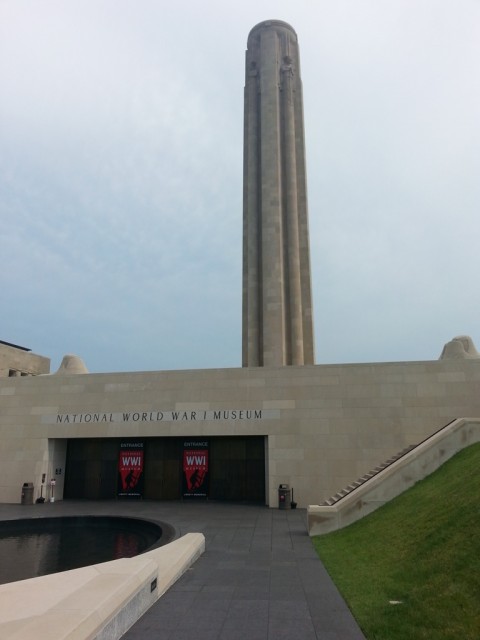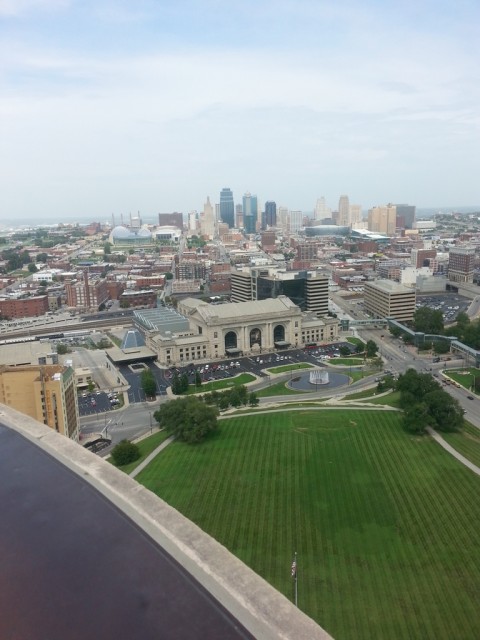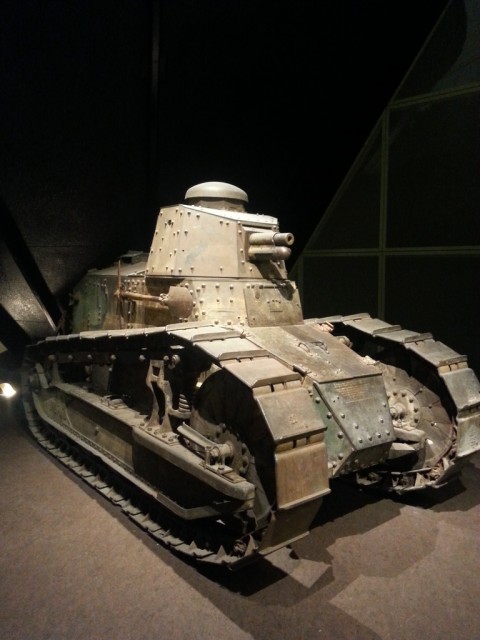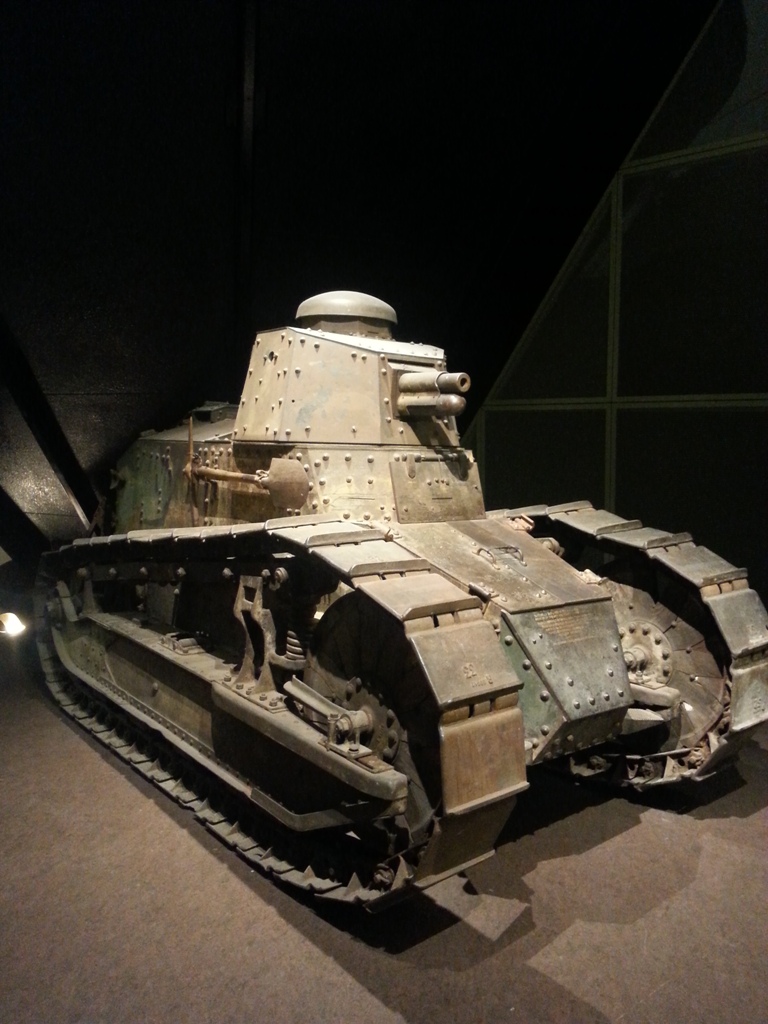This is an article about the National World War I Museum located in Kansas City, Mo.
On April 6, 1917, the United States declared war on Germany, a conflict that would lead to the mobilization of more than 4.7 million service members and inspire such patriotic melodies as George M. Cohan’s “Over There,”epitomizing the spirit of the young men traveling across the Atlantic to fight in the name of liberty.

As we now enter into the beginning stages of the centennial of the “war to end all wars,” the National World War I Museum in Kansas City, Mo., continues its preservation of America’s role in this great conflict.
“On December 1, 1918, a group of civic leaders from the Kansas City formed the Liberty Memorial Association,” said Ron Magee, a retired Coast Guardsman now serving as a museum volunteer.
“It was a period of rapid growth in the area and the group was able to raise $2.5 million dollars in nine days from citizens of Kansas City to purchase the land and hire an architect to build a memorial honoring those who had served.”
Positioned on a hill rising above Union Station, Magee explained that Liberty Memorial’s location was selected because of its proximity to the then-bustling train station.
The site of the memorial was dedicated in 1921 in the presence of the military leaders of all the Allied nations, marking the first time in history these commanders were together at one location.
By 1926 , the memorial’s contruction was completed, leaving behind two exhibit halls and the Liberty Memorial —a 217-foot tall tower now open for tours to the public. The tower tour requires a brief elevator ride and a climb of 45 steps (not ADA accessbile), but bestows the sightseer with a stunning view the city.

At night, the memorial serves as a glowing beacon in the city skyline as the pinnacle of the tower is illuminated with a combination of lighting and steam that creates a flame effect.
The site later underwent major changes after citizens of Kansas City approved a bond initiative funding the expansion of the museum. In 2004, President George W. Bush signed a bill into law which designated site as the National World War I Museum.
“Although we received the (national museum) designation,” said Magee, “our funding doesn’t come from the federal government; we are partially subsidized as part of the city’s park system in addition to the money we receive from sales (tickets and gift shop) and donations.”
Upon entry into the museum, the visitor is immediately introduced to the morbidity of the war when they cross into the exhibit halls via a glass bridge. Below the walkway lies a field of destruction covered with poppies—9,000 red poppies, each representing 1,000 combatant fatalities.
“It’s symbolic of ‘no man’s land,’ what the area between the trenches would have looked like in the spring of the year (on the Western Front),” said Magee. “The ground would have been bombarded by the shelling, placing nitrogen in the soil.” He continued: “Overnight, the flowers … the poppies … would come up.”
Once inside the the exhibit halls, a brief film is offered that helps introduce the visitor to the many complex circumstances eventually sparking the conflict. From there, the experience continues with various exhibits chronicling the war from the assassination of Archduke Franz Ferdinand in 1914 to the Paris Peace Conference in 1921.
The museum’s galleries bare witness to the structure and design of French, British and German trenches on the Western Front. The mechanization of the war is also addressed through displays of mortars, field guns and a rather primitive French tank.

Though the museum’s focus is on the Western front and the “ground war,” Magee explained, there is also a section dedicated to the air and sea war that unfolded.
The museum currently has the largest collection of World War I uniforms in the world, Magee notes, but there is only enough floor space available to display between 8 to10 percent of their entire collection.
In addition to hosting many special educational events and exhibitions related to the war, the museum is home to the 20,000-square-foot Edward Jones Research Center, an archive of comprehensive historical World War I materials that is open to the public.
“Many young men were told that war would be a grand and glorious thing and that it would be over by Christmas (1914),” said Magee. “But that didn’t happen.”
“I really enjoy the variety of being a volunteer,” he added, “… to be able to share information with others about what actually happened turing this great war.”
For more information on the National World War I Museum at Liberty Memorial, including ticket prices and hours of operation, please visit www.theworldwar.org or call (816) 888-8100.
Jeremy P. Ämick writes on behalf of the Silver Star Families of America.
Jeremy P. Ämick
Public Affairs Officer
Silver Star Families of America
www.silverstarfamilies.org
